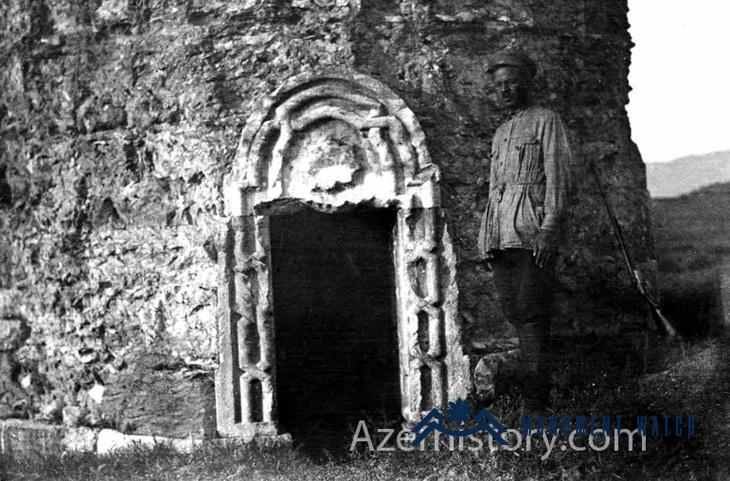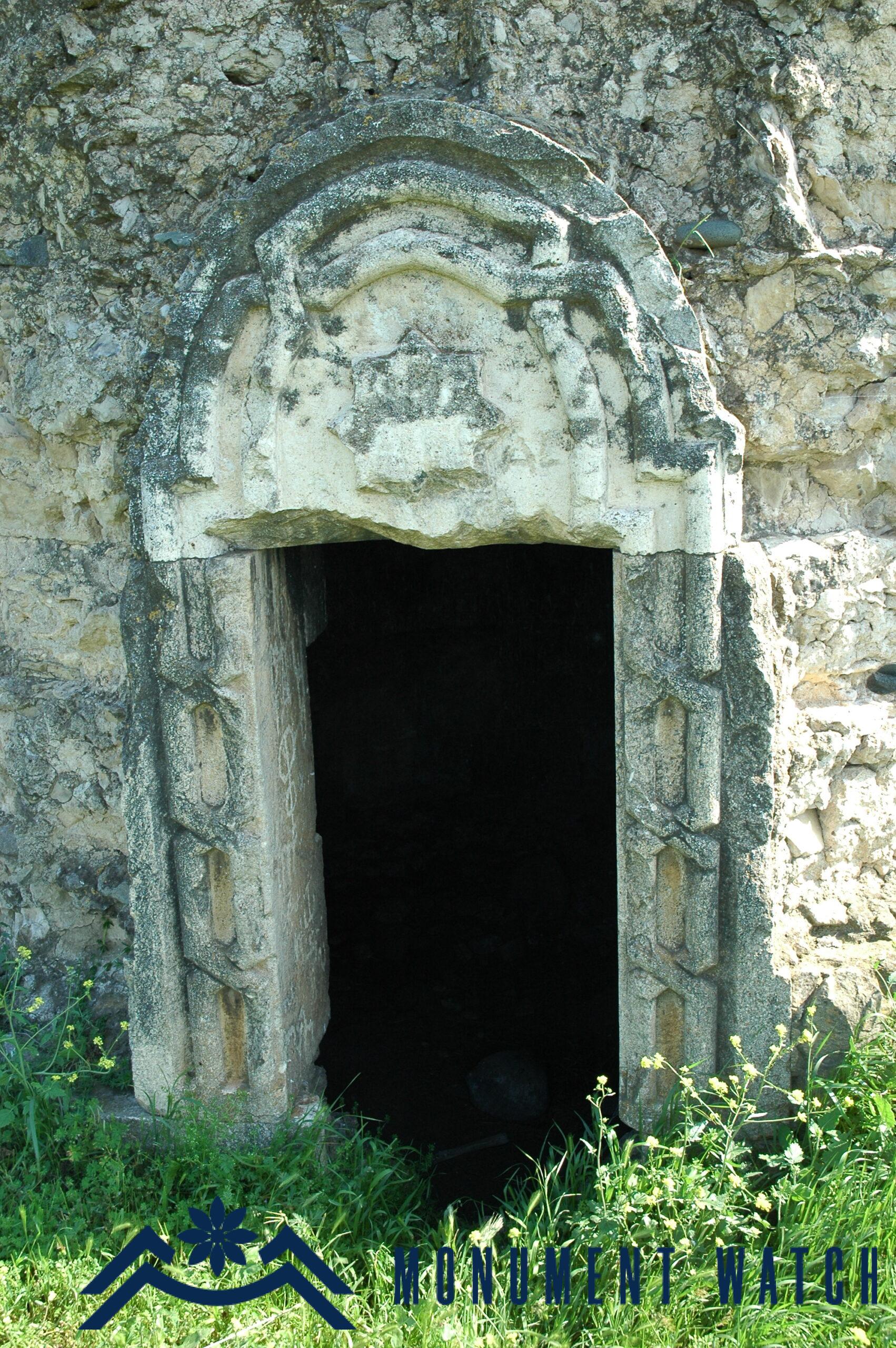Regarding the “destruction” of the Khojalu grave field and the Islamic Mausoleum
On May 22, 2024, a report aired on the Azerbaijani TV channel AZTV claimed that the Armenian side had destroyed the Khojalu grave field, inflicting significant damage on the tombs, kurgans, and various archaeological materials. The video also alleged that Armenians had damaged the Muslim mausoleum in Khojalu by tearing off its facing stones ((https://www.youtube.com/watch?v=nakbg4dBNJM, See more details about the grave field: https://monumentwatch.org/en/monument/the-grave-field-of-khojalu-khojaly/).
Let us remind the Azerbaijani side that during the Soviet years, there was an Azerbaijani settlement near the present-day Khojalu grave field. The residents of this settlement engaged in agricultural activities and extracted stones from the area for building their houses, which significantly damaged the grave field. Additionally, the airport constructed by Azerbaijani authorities during the Soviet era caused further damage to the grave field. The grave field also suffered extensive damage due to large-scale construction in the late 1980s, when Khojalu village, which became significantly expanded and enlarged to accommodate Turkish-Meskhetian settlers, underwent major development.
Unfortunately, the construction of the expanded runway during the airport's restoration in the 2000s also caused some damage, a concern that Armenian experts have previously warned about.
The Khojalu grave field also sustained damage when Russian forces were stationed there and established observation posts on some of the kurgans. This issue was highlighted by the Monument Watch team, whose representatives addressed the matter in meetings with the Russian side.
Regarding the Islamic mausoleum, it has been without its exterior facing stones for a long time, as evidenced by photographs taken during the Soviet years (Fig. 1). During the years of independence, the mausoleum was included in the list of historical and cultural monuments of Artsakh, preserved by the state, and remained in the same pre-war condition (Fig. 2).

